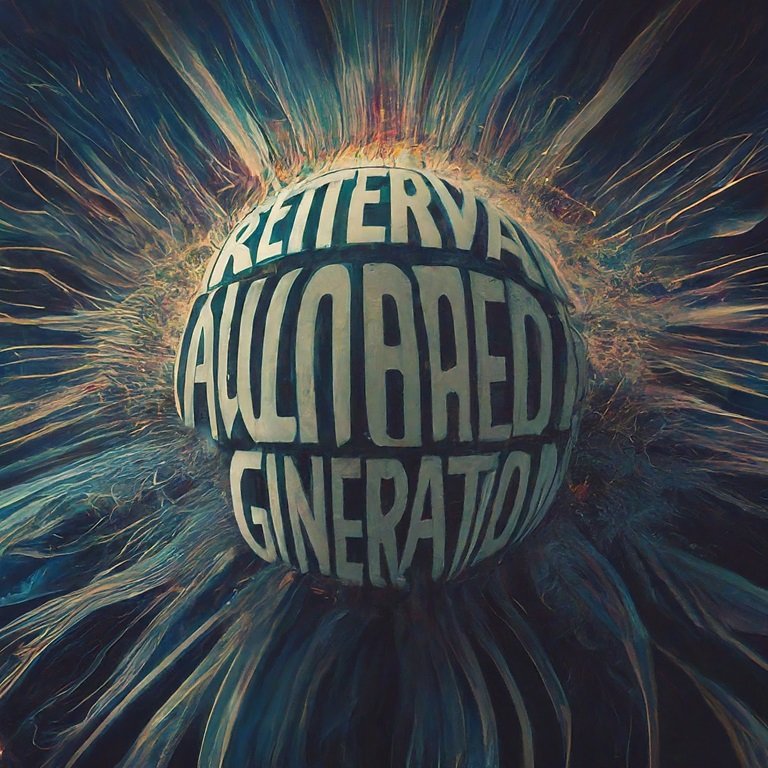Imagine a super-powered language model that not only understands language but also has access to a vast library of facts and information. That’s the magic of Retrieval-Augmented Generation (RAG), a cutting-edge technique that’s revolutionizing the way AI models process and generate text.
Think of it like this: Large language models (LLMs) are like incredibly smart students who’ve read a ton of books. They can understand the nuances of language, write different kinds of creative content, and even answer your questions in an informative way. But just like a student who hasn’t stepped outside the classroom, their knowledge might be limited to what they’ve been trained on.
Here’s where RAG comes in. It acts as a bridge, connecting LLMs to external knowledge bases like Wikipedia, news articles, or even your company’s internal documents. This allows the LLM to:
- Fact-check and enhance its responses: Imagine asking an LLM, “What’s the capital of France?” It might give you the right answer, but RAG can double-check with a trusted source like Wikipedia and ensure the information is accurate.
- Stay up-to-date: The world is constantly changing, and information gets updated all the time. RAG allows the LLM to access the latest information, ensuring its responses are always relevant.
- Provide context and evidence: RAG can not only generate text but also cite its sources. This makes the LLM more transparent and trustworthy, as you can see where the information comes from.
Here’s an example: Let’s say you ask an LLM, “Write a blog post about the health benefits of turmeric.” Without RAG, the LLM might generate a generic post based on its internal knowledge. But with RAG, it can access research papers and articles, ensuring the information is accurate and providing citations for credibility.
RAG is still evolving, but it has the potential to transform various fields:
- Question Answering Systems: Imagine a customer service chatbot that can not only answer your questions but also provide relevant links and sources for further information.
- Content Creation: RAG-powered AI assistants can help writers research topics, gather data, and ensure factual accuracy in their work.
- Education: Imagine personalized learning platforms that can tailor their responses to individual student needs, providing relevant information and examples based on the student’s current understanding.
As AI continues to develop, RAG offers a glimpse into a future where language models are not just smart talkers, but also well-informed companions with access to the world’s knowledge at their fingertips. And that’s a future full of exciting possibilities!
Here are few frequently asked questions on Retrieval-Augmented Generation:
What is Retrieval-Augmented Generation?
Retrieval-Augmented Generation (RAG) is a technique in natural language processing (NLP) and artificial intelligence (AI) that combines retrieval-based and generation-based methods to produce more accurate and contextually relevant responses. The process involves two main steps:
- Retrieval: Relevant documents or pieces of information are retrieved from a large corpus based on the input query.
- Generation: The retrieved information is then used to generate a coherent and contextually appropriate response.
This method leverages the strengths of both retrieval systems (which are good at finding precise information) and generative models (which are good at producing fluent and natural language), resulting in a more powerful and flexible approach to tasks like question answering, summarization, and conversational AI.
What is the RAG method in LLM?
In the context of large language models (LLMs), the RAG method involves using a hybrid approach where the model retrieves relevant documents or snippets from a large dataset before generating a response. This approach enhances the LLM’s ability to provide accurate and contextually rich answers by grounding its responses in actual data. The RAG method typically involves:
- Query Encoding: Encoding the input query to retrieve relevant information.
- Document Retrieval: Using the encoded query to find relevant documents or passages from a pre-indexed corpus.
- Response Generation: Feeding the retrieved documents along with the original query into a generative model to produce the final response.
What is RAG in Generative AI?
RAG in generative AI refers to the same Retrieval-Augmented Generation approach. It signifies the integration of information retrieval mechanisms with generative AI models to improve the quality and relevance of generated content. This approach is particularly useful in applications where the generative model needs to provide factual and up-to-date information, leveraging external data sources to enhance its responses.
How to Improve Retrieval in Augmented Generation?
Improving retrieval in augmented generation involves several strategies:
- Enhanced Retrieval Models: Using state-of-the-art retrieval models like dense retrieval (e.g., BERT-based retrievers) instead of traditional sparse retrieval methods (e.g., TF-IDF).
- Larger and Diverse Corpora: Expanding the dataset from which information is retrieved to include a wide variety of sources and up-to-date information.
- Query Optimization: Refining the query processing and encoding mechanisms to ensure more accurate retrieval of relevant documents.
- Feedback Loops: Implementing feedback loops where the performance of retrieval is continuously monitored and adjusted based on the quality of the generated responses.
- Contextual Relevance: Improving the context-awareness of retrieval by considering the broader context of the query, not just keyword matching.
- Combining Multiple Retrievers: Using an ensemble of retrieval models to capture different aspects of the query and retrieve a more comprehensive set of relevant documents.




Leave a Reply